Lesson 1: 'Trough' in population quality
The improvement of population quality has increased and decreased unevenly between localities and between ethnic groups in the same province - Photo: VGP/Son Hao
Many worrying indicators
Crude death rate (CDR) is one of the indicators to quantify population quality. Results collected in recent years show that CDR in ethnic minority communities is still high, especially in ethnic minorities with very few people and ethnic minorities with many difficulties.
According to the results of the 2024 Mid-Term Population Census of the General Statistics Office (now the General Statistics Office, Ministry of Finance ), at the time of the survey (April 2024), the country's CDR was 5.6‰ (equivalent to 5.6 deaths/1,000 people), down from 6.3‰ in 2019.
In areas with a large ethnic minority population, the CDR in 2024, although lower than in 2019, is still higher than the national average. In particular, the Northern midlands and mountainous areas and the Mekong Delta have the same CDR of 6.8‰; the North Central and Central Coast regions are 6.4‰...
Difficult economic life is one of the reasons why the population quality in ethnic minority and mountainous areas is still low - Photo: VGP
In particular, population quality is clearly reflected in the infant mortality rate (IMR). The results of the 2024 Mid-Term Population Census show that areas with a large population of ethnic minorities have higher IMRs than the national average. Specifically, in 2024, the national IMR is 11.3‰, while that of the Northern midlands and mountainous region is 16.2‰, and that of the Central Highlands is 17.7‰...
From 2021, IMR is one of the "measures" to identify ethnic groups with specific difficulties and ethnic groups with many difficulties. According to the criteria in Decision No. 39/2020/QD-TTg dated December 31, 2020, ethnic groups with specific difficulties and ethnic groups with many difficulties in the period of 2021-2025 are ethnic groups with a poverty rate of 33.45% or higher; a rate of people aged 15 and older who cannot read or write in the common language of 28.65% or higher and an IMR of 33.2‰ or higher (for ethnic groups with specific difficulties, in addition to the above criteria, they also meet the criteria of being ethnic groups with a population of less than 10,000 people).
Based on these criteria, the Ethnic Committee (now the Ministry of Ethnic Minorities and Religions ) has consulted, developed, and submitted to the Prime Minister for signing and promulgation Decision No. 1227/QD-TTg dated July 14, 2021 approving the list of ethnic groups facing many difficulties and specific difficulties in the period 2021-2025. Accordingly, the whole country has 14 ethnic groups facing specific difficulties and 32 ethnic groups facing many difficulties.
During the review process, the Ethnic Committee determined that 7/53 ethnic groups have an IMR of 33.2‰ or higher. These are the Giay, Lao, Gia Rai, Mong, Kho Mu, Ha Nhi and Phu La ethnic groups.
Identifying ethnic groups with specific difficulties and ethnic groups with many difficulties in order to implement investment orientation, focus on key support, and prioritize the most difficult areas in implementing ethnic policies for the period 2021-2025. Along with Decision No. 861/QD-TTg on approving the list of communes in regions III, II, I in ethnic minority and mountainous areas for the period 2021-2025, this is the basis for localities to implement the National Target Program on socio-economic development in ethnic minority and mountainous areas for the period 2021-2030, phase I: 2021-2025 (National Target Program 1719).
With the determination of the entire political system and timely allocation of resources, the National Target Program 1719 is contributing to fundamentally solving urgent needs in ethnic minority and mountainous areas, in which the IMR index has also been significantly improved. Data in the dossier submitted to the Prime Minister for promulgation of the Decision approving the "Criteria for identifying ethnic groups facing many difficulties and specific difficulties in the period 2026-2030" of the Ethnic Committee (now the Ministry of Ethnic Minorities and Religions) shows that, compared to 2019, the IMR in 2023 has had many positive changes.
In particular, the Raglay ethnic group in Ninh Thuan has a significantly reduced infant mortality rate, from 27.66‰ to 2.1‰; the Bru-Van Kieu ethnic group in Quang Tri has decreased to nearly half compared to 2019, from 45.61‰ to 22.78‰... Notably, some provinces no longer have children under 1 year old dying. Notably, the Giay ethnic group in Yen Bai in 2019 was one of 7 ethnic groups with an infant mortality rate of over 33.2‰, and by 2023 there will be no more children under 1 year old dying...
Challenges in improving population quality
The decrease in IMR in many ethnic groups shows the effectiveness of direct intervention policies to improve population quality as well as investment policies and support for socio-economic development from 2019 to present, implemented in ethnic minority and mountainous areas. However, according to the analysis of the Ethnic Committee in the draft Report to the Prime Minister to issue the Decision approving "Criteria for identifying ethnic groups facing many difficulties and specific difficulties in the period 2026-2030", the improvement of population quality from IMR has increased and decreased unevenly between localities; between one ethnic group and another in the same province.
Raglay ethnic people in Ninh Thuan - Photo: VGP
For example, in Yen Bai, comparing data from 2019 to 2023, the Khmu and Giay ethnic groups no longer have children dying under 1 year old; but the Mong ethnic group has an increase from 20.35‰ to 37.05‰. In Dak Nong, among the 8 disadvantaged ethnic groups (Ma, Tay, Nung, Dao, Ede, San Chay, Mong, Mnong), the 6 ethnic groups Ma, Tay, Nung, Dao, Ede, San Chay no longer have children dying under 1 year old, but the Mong ethnic group has a slight increase from 5.01‰ to 5.98‰.
In particular, the IMR of some ethnic groups in some provinces tended to increase compared to 2019, such as: La Chi ethnic group in Ha Giang increased from 8.33‰ to 18.2‰; La Hu ethnic group in Lai Chau increased from 22.36‰ to 42.12‰... Even the IMR of some ethnic groups in some provinces increased sharply, such as: Kho Mu in Nghe An from 3.89‰ to 44.95‰; E De ethnic group in Phu Yen from 22.66‰ to 27.59‰; Khang ethnic group in Son La from 28.57‰ to 44.25‰; Tay ethnic group in Gia Lai from 40.82‰ to 95.24‰.
Along with IMR, the under-five mortality rate (U5MR) in areas with a large ethnic minority population is still very worrying. Both the IMR and U5MR reflect health care conditions. However, while IMR is closely related to the maternal conditions, U5MR mainly reflects the nutritional status and disease prevention and treatment of children.
According to the results of the 2024 Mid-Term Population Census, at the time of the survey (April 2024), the average U5MR nationwide was 16.9‰, of which the North Central and Central Coast regions was 18.5‰; the Northern Midlands and Mountains region was 24.4‰; and the Central Highlands was 26.7‰.
In addition, many other indicators also show that ethnic minority and mountainous areas are "lowlands" in terms of population quality, especially in ethnic groups with populations under 10,000 people. The urgency of the population situation in these ethnic groups has been clearly "outlined" in the Program "Protection and development of ethnic minorities with very few people in the period 2021-2030", approved in Decision No. 499/QD-TTg dated April 10, 2020 of the Prime Minister.
Accordingly, many worrying indicators on the population quality of these ethnic minority groups have been established, such as: The average life expectancy of ethnic minorities is very small, only 69.9 years, 3.4 years lower than the general result of the whole country; physical stature (average height, weight) is also very low (average height is 1m40-1m55, average weight is 40-45 kg)...
In addition to subjective factors (early marriage, consanguineous marriage; unscientific living habits and health care...), the quality of the population in ethnic minority and lowland areas also stems from socio-economic difficulties; people do not have the conditions for health care... Meanwhile, despite investment, the grassroots health system in ethnic minority and mountainous areas still cannot meet the health care needs of the people. Therefore, identifying "bottlenecks" in the grassroots health system in this area is of key importance in finding solutions to improve health care capacity for people in ethnic minority and mountainous areas in the coming time.
The program "Protection and development of ethnic minorities with very small populations in the period of 2021-2030" under Decision No. 499/QD-TTg aims to support the improvement of the population status of ethnic minorities with very small populations in both quantity and quality, in order to achieve replacement fertility, sharply reduce maternal and child mortality rates, malnutrition rates of children under 5 years old, contribute to improving population quality, ensuring even and equal development among ethnic groups. From 2021, the Program will be integrated into the National Target Program 1719.
Lesson 2: Identifying 'bottlenecks' in the primary health care system
Son Hao
Source: https://baochinhphu.vn/nang-cao-nang-luc-cham-soc-suc-khoe-nhan-dan-vung-dong-bao-dan-toc-thieu-so-va-mien-nui-102250403124549501.htm



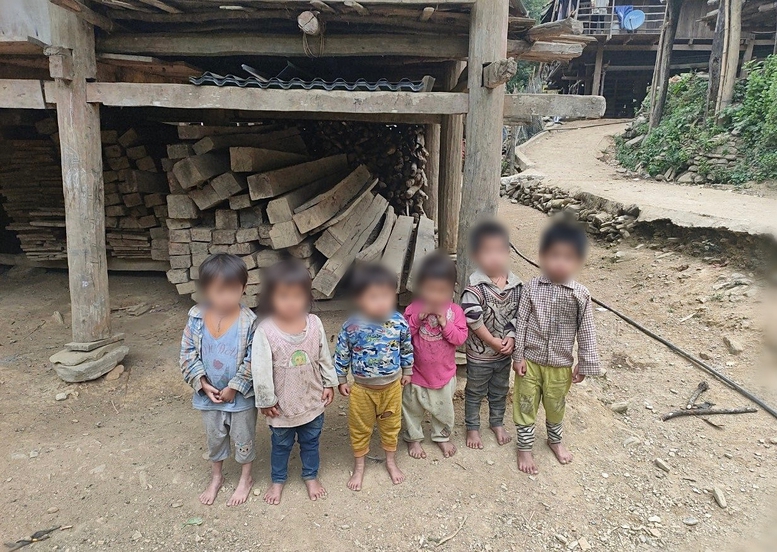
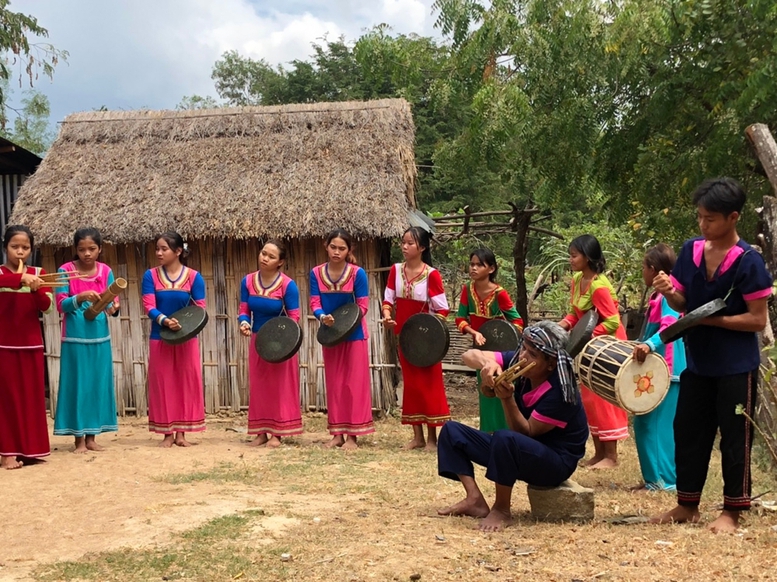
![[Photo] Nhan Dan Newspaper launches “Fatherland in the Heart: The Concert Film”](https://vphoto.vietnam.vn/thumb/1200x675/vietnam/resource/IMAGE/2025/10/16/1760622132545_thiet-ke-chua-co-ten-36-png.webp)




![[Photo] General Secretary To Lam attends the 18th Hanoi Party Congress, term 2025-2030](https://vphoto.vietnam.vn/thumb/1200x675/vietnam/resource/IMAGE/2025/10/16/1760581023342_cover-0367-jpg.webp)

























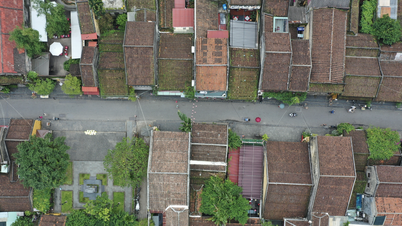

![[Video] TripAdvisor honors many famous attractions of Ninh Binh](https://vphoto.vietnam.vn/thumb/402x226/vietnam/resource/IMAGE/2025/10/16/1760574721908_vinh-danh-ninh-binh-7368-jpg.webp)




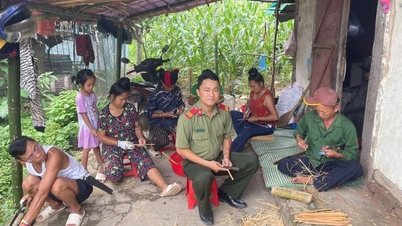























![[Photo] Nhan Dan Newspaper launches “Fatherland in the Heart: The Concert Film”](https://vphoto.vietnam.vn/thumb/402x226/vietnam/resource/IMAGE/2025/10/16/1760622132545_thiet-ke-chua-co-ten-36-png.webp)



















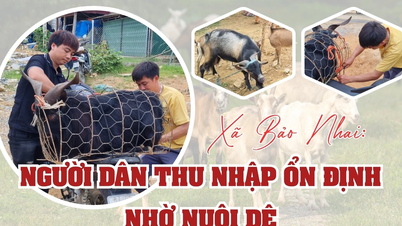



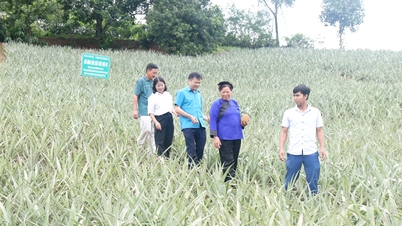














Comment (0)